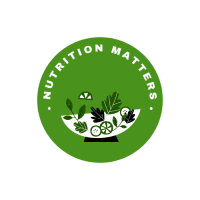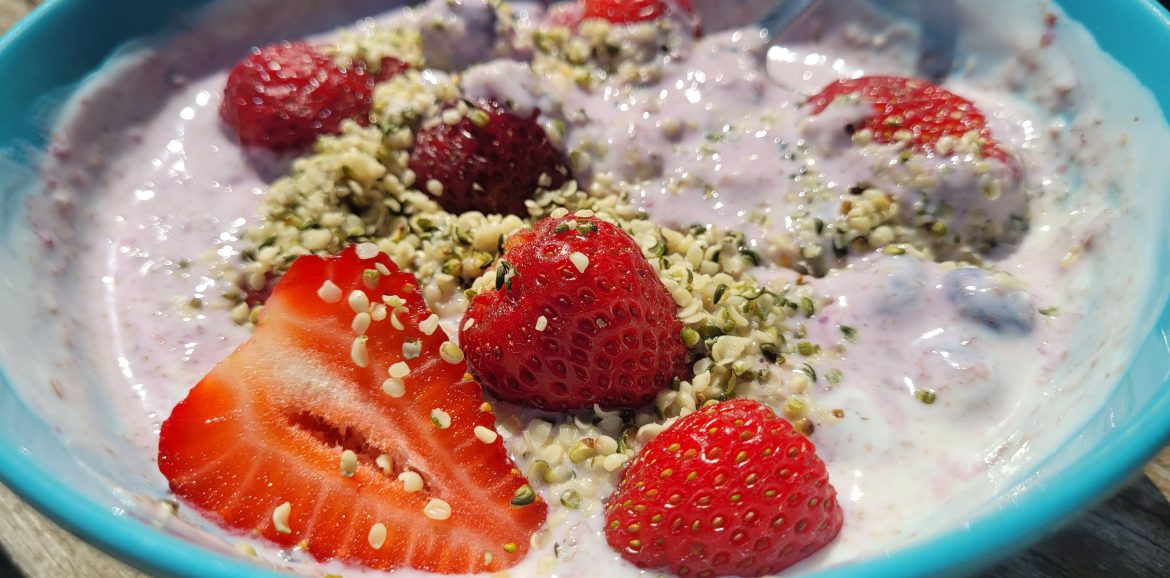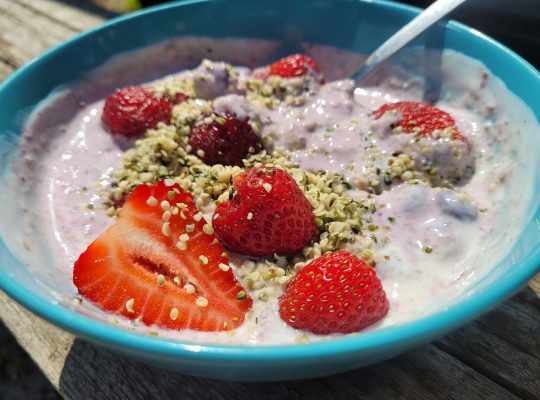Let’s say you start your day with a bowl of overnight soaked oats (half a cup), which contains, in no particular order, nuts (¼ cup of walnuts, pecans, hazelnuts, whatever you favour), seeds (1-2 tbsp chia, sunflower, hemp), a couple of pitted dates or prunes, chopped, and maybe some fruit too, either berries, chopped apple or pear… your choice.
Before digging in, you can add either half a cup of yogurt (Greek yogurt will increase the protein content of your breakfast, and hey, there’s some beneficial bacteria in there too!). I’d sprinkle some ground flax seeds on top (2 tbsp or so) because you can never go wrong with some extra fiber, plus essential fatty acids (omega-3 and omega-6) and voila!
Do the math (but don’t obsess over it)
Roughly, this will provide up to half of the recommended daily intake (1,000mg for women under 50 and men under 70, and 1,200mg for women over 50 and men over 70). But of course, not all that we eat gets absorbed. Depending on the foods we consume, absorption rates go from 30 percent (dairy and alternatives) to around 50 percent (cooked greens, broccoli).
A handful of almonds for a snack, and an orange will supply around 150mg. Lunch and dinner can be prepared with many great sources of calcium, including canned sardines or canned salmon (with bones), cooked greens or broccoli, beans and legumes, nuts and seeds as toppings and so on. Cottage cheese, yogurt and other fermented dairy, if you like them.
So, without further ado…
Here are 10 good food sources of calcium you can mix and match on any given day
- Tofu, firm – between 100 and 350mg per half cup, depending on whether it is entirely calcium set or not, so make sure to check the label),
- Dairy or dairy alternative milk – around 300mg per cup
- Yogurt or kefir, around 400mg per ¾ cup (and up to 500mg for Greek yogurt)
- Leafy greens: collard (350mg per cup, cooked), turnip (200 per cups, cooked), kale (170mg per cup, cooked), bok choy (178mg per cup, cooked). Broccoli, while not a leafy green, though leaves are perfectly edible, contains around 60mg per cup, cooked. When consumed raw, the calcium content is lower (around 40mg), but it provides many other important nutrients including vitamin A, C and polyphenols.
- Sardines and salmon, canned (with bones), anywhere between 250 to 350 per can
- White beans cooked – around 120 mg per cup, and garbanzo beans, also cooked, around 80 per cup.
- Seeds: chia seeds (170mg per 2tbsp), sesame (190mg per 2tbsp and as tahini, 64mg per tbsp).
- Cheese (but do look out for varieties with higher saturated fat content!) – around 200mg for cheddar and 300mg for hard cheeses like parmesan.
- Squash (because there are so many varieties and they are so versatile) – around 90mg per cup, cooked.
- Orange juice, calcium-fortified (as a treat 😊) – around 350mg per cup.
There’s so much more out there
Now, these are just a few of the foods you may or may not consume in a day or a week. There are so many others that contain various amounts of calcium. Molasses for example, contain around 100mg per tablespoon. I can’t think anyone will gobble up molasses, but what if you used some to make cookies for examples. Moral of the story: eat a wide variety of foods and remember that everything adds up.
Plus, whole foods that are high or relatively high in calcium, also contain other minerals, vitamins, fiber and/or healthy fats, depending on the source.







